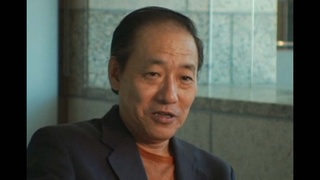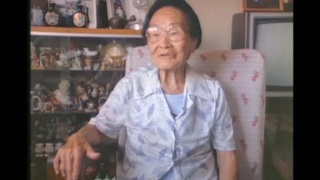Interviews
Yoshitaro Amano, who Attempted to Smuggle himself into South America after the War (Japanese)
(Japanese) Amano was in Japan for 10 years, but his heart was in South America. He wanted to go there no matter what, and so he tried his hardest petitioning the U.S. government. But he was being treated as a spy. It seems that he was being followed around by investigators from the U.S. since before. He had been captured, arrested, and sent to Japan, so throughout all this he just couldn’t get the permission. So, he decided on something like smuggling himself in, to put it simply. His job before had been in imports, so he had a deep relationship with ships. Everyone in the business was someone he knew, from captains on.
Through some kind of opportunity, Amano turned up here, but it wasn’t by a Japanese ship. He rode a Swedish ship and came halfway here on that. When he was at open sea, 200 miles from the Japanese coast, the ship met with a huge storm. Miraculously, though, everyone was saved. The whole crew was saved, because the luggage was close to them, although half of them were sank. Then, while they were all floating out there, an American ship came and saved everyone.
Date: April 18, 2007
Location: Lima, Peru
Interviewer: Ann Kaneko
Contributed by: Watase Media Arts Center, Japanese American National Museum







